Home>Articles>How To Mix And Match Wood Furniture For Living Room
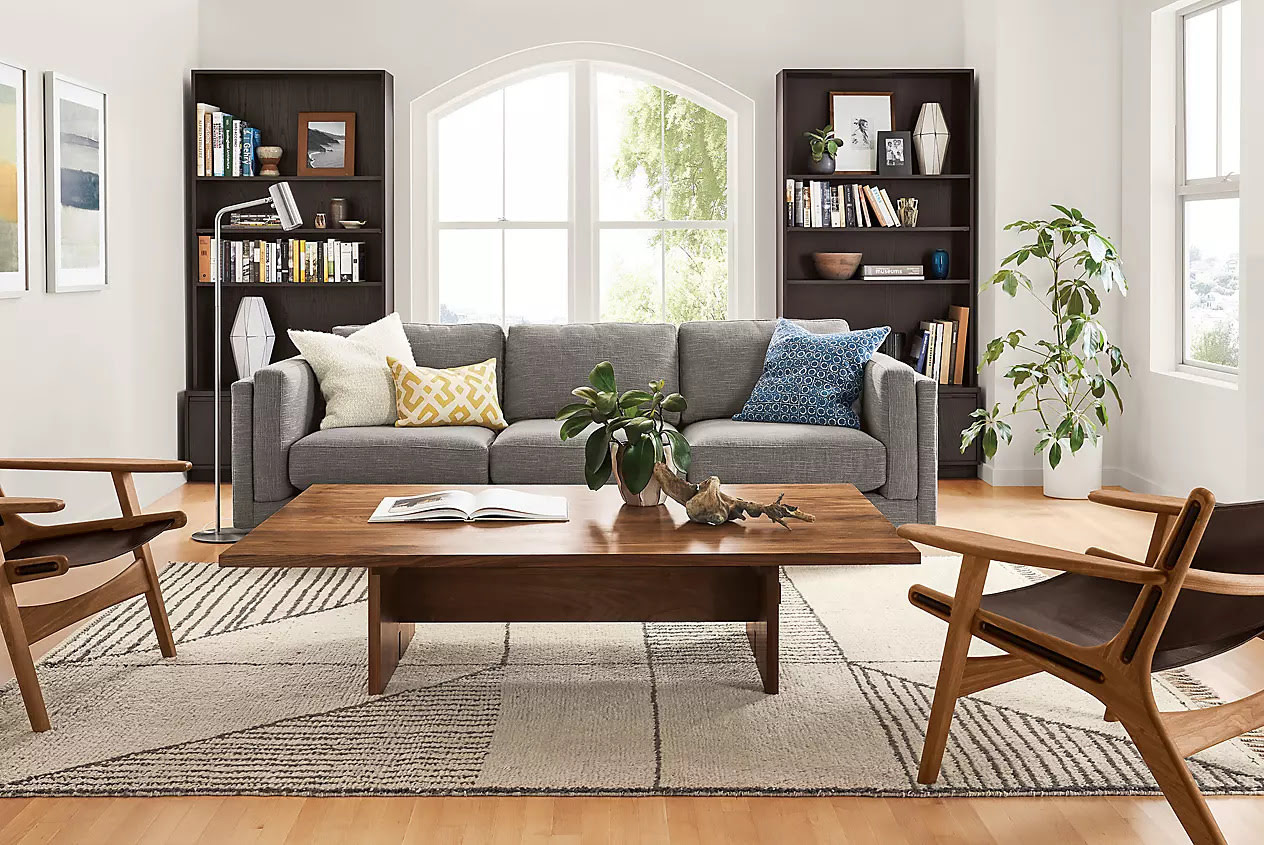

Articles
How To Mix And Match Wood Furniture For Living Room
Modified: March 21, 2024
Discover expert tips on how to skillfully mix and match wood furniture in your living room! Read our informative articles for valuable insights and inspiration.
(Many of the links in this article redirect to a specific reviewed product. Your purchase of these products through affiliate links helps to generate commission for Storables.com, at no extra cost. Learn more)
Introduction
Welcome to the wonderful world of wood furniture! Wood has always been a popular choice for furniture due to its durability, timeless appeal, and versatility. However, when it comes to mixing and matching wood furniture in your living room, it can be a daunting task for many. The key is to strike a balance between different wood tones and finishes to create a cohesive and visually pleasing space.
In this article, we will guide you through the process of mixing and matching wood furniture in your living room. We will explore different types of wood, finishes, and styles to help you create a harmonious look that reflects your personal taste and enhances the overall aesthetics of your living space.
Understanding the characteristics of wood furniture is essential before diving into the realm of mixing and matching. Wood furniture can range from light to dark tones, have different grain patterns, and come in a variety of finishes. Each wood type has its distinctive qualities, so it’s important to decide what look and feel you want to achieve before making your selections.
Key Takeaways:
- Embrace the versatility of wood furniture by understanding different wood types, finishes, and styles. Create a harmonious living room by balancing wood tones and incorporating other materials for a visually dynamic space.
- Mix and match wood furniture with confidence and creativity. Consider the room’s style, identify wood finishes, choose the right wood types, and balance wood tones to create a visually appealing and personalized living room.
Read more: How To Mix And Match Living Room Furniture
Understanding Wood Furniture
Wood furniture is available in a variety of types and finishes, each with its own unique characteristics. Let’s take a closer look at some popular wood types used in furniture construction:
- Oak: Oak is a durable hardwood known for its strength and beautiful grain patterns. It comes in red and white varieties, with red oak having a more pronounced grain and white oak having a smoother, more subtle grain.
- Walnut: Walnut is a dark, rich wood with a straight grain and a luxurious look. It is often used in traditional and contemporary furniture designs.
- Maple: Maple is a lighter wood known for its durability and light, natural color. It has a smooth grain pattern and is often used in modern and minimalist furniture designs.
- Cherry: Cherry wood has a warm, reddish-brown color and a smooth, even grain. It ages beautifully, developing a rich patina over time.
- Mahogany: Mahogany is a classic hardwood known for its deep, reddish-brown color and rich grain patterns. It is often associated with traditional and antique furniture.
Each wood type has its own distinctive qualities and visual appeal, so consider the style and aesthetic you want to achieve in your living room when selecting the wood furniture pieces.
Additionally, understanding wood finishes is crucial in maintaining and enhancing the appearance of your wood furniture. Common finishes include:
- Stained Finish: This finish adds color while still allowing the natural grain of the wood to show through. It can range from light to dark shades and can greatly affect the overall look of the furniture.
- Painted Finish: A painted finish completely covers the natural wood, providing versatility in terms of color and style. It can be a great option for adding a pop of color or achieving a specific design theme.
- Clear Coat Finish: This finish protects the wood while preserving its natural color and grain. It provides a more natural and rustic look.
- Distressed Finish: A distressed finish gives furniture an aged or weathered appearance, adding character and charm to the piece.
Understanding different wood types and finishes will allow you to make informed decisions when mixing and matching wood furniture in your living room. Next, we will explore how to consider the room’s style when selecting furniture pieces.
Consider the Room’s Style
When mixing and matching wood furniture for your living room, it’s essential to consider the overall style and aesthetic of the room. The style of your living space will dictate the type of wood furniture that will complement it best. Here are a few popular styles and the corresponding wood furniture choices:
- Traditional: For a classic and timeless look, consider opting for wood furniture with ornate details and rich finishes. Darker woods like cherry or mahogany can add a touch of elegance to a traditional living room.
- Modern/Contemporary: For a clean and sleek look, choose wood furniture with minimalist designs and lighter finishes like maple or light oak. Opt for simple lines and avoid excessive ornamentation.
- Rustic/Farmhouse: If you’re going for a cozy and inviting feel, consider incorporating wood furniture with distressed finishes and natural elements. Look for pieces made from reclaimed wood or unfinished pieces that highlight the natural beauty of the wood.
- Eclectic: If you prefer a mix of styles and want to create a unique and personalized look, experiment with different wood types and finishes. Mix and match pieces with varying colors and styles for an eclectic vibe.
The style of your room will guide you in selecting wood furniture pieces that will seamlessly blend with the existing decor. Keep in mind that mixing different wood tones is possible as long as you maintain a cohesive overall look.
Next, let’s delve into the importance of identifying wood finishes when considering the mix and match process.
Identify Wood Finishes
When mixing and matching wood furniture, it’s crucial to identify the wood finishes to ensure a harmonious overall look. The finish of the wood can greatly impact the color, texture, and style of the furniture pieces. Here are a few key factors to consider when identifying wood finishes:
- Matching Finishes: To create a cohesive look, consider choosing wood furniture pieces with similar finishes. For example, if you have a coffee table with a cherry stained finish, look for side tables or bookshelves with a similar cherry finish to tie the room together.
- Contrasting Finishes: On the other hand, contrasting finishes can add visual interest and depth to your living room. For instance, pairing a dark walnut finished TV stand with light oak finished accent tables can create a striking contrast that adds character to the space.
- Complementary Finishes: If you prefer a more eclectic or bohemian look, consider pairing wood furniture pieces with complementary finishes. For instance, a distressed white painted coffee table can be paired with a natural oak finished sideboard to create a visually dynamic and charming living room.
- Consider the Surroundings: Take into account the colors and materials already present in the room. For example, if you have a room with predominantly neutral colors and metal accents, consider incorporating wood furniture with finishes that complement and harmonize with the surroundings.
By identifying and considering the different wood finishes, you can create a balanced and visually pleasing mix and match of furniture in your living room. Next, we will explore choosing the right types of wood to further enhance the cohesion of your space.
Choosing the Right Wood Types
When it comes to mixing and matching wood furniture, selecting the right types of wood is crucial for achieving a cohesive and visually appealing look. Here are some factors to consider when choosing the wood types:
- Color: Consider the color palette you want to incorporate into your living room. Lighter woods, such as maple or birch, can create an airy and modern feel, while darker woods, like walnut or mahogany, can add richness and warmth to the space.
- Grain Pattern: The grain pattern of the wood can also impact the overall aesthetic. Woods like oak or ash have prominent grain patterns, adding texture and character to the furniture pieces. On the other hand, woods like maple or cherry have smoother and more subtle grain patterns.
- Durability: Consider the level of durability you need for your furniture. Hardwoods like oak or walnut are known for their strength and durability, making them suitable for heavily used furniture like dining tables or bookshelves. Softer woods like pine or poplar may be better suited for accent furniture or decorative pieces.
- Style: The style and theme of your living room should also influence your wood type choices. Traditional spaces often feature darker woods like cherry or mahogany, while contemporary designs may lean towards lighter woods like birch or beech.
It’s essential to strike a balance between the different wood types to create a cohesive look. Remember that you don’t have to stick to just one wood type but rather choose a combination that complements each other. Mixing different wood types adds visual interest and can create a layered and personalized look for your living room.
Next, we will explore how to achieve a balanced mix of wood tones in your living room.
When mixing and matching wood furniture for your living room, consider the undertones of the wood to ensure they complement each other. You can also create visual interest by incorporating different wood finishes and textures.
Read more: How To Mix And Match Furniture In Bedroom
Balance in Wood Tones
When mixing and matching wood furniture, achieving a balance in wood tones is key to creating a visually appealing and cohesive living room. Here are some tips to help you achieve balance:
- Vary the Wood Tones: Aim to incorporate a mix of light, medium, and dark wood tones in your living room. This variation adds depth and interest to the space. For example, you can pair a light oak coffee table with a medium walnut TV stand and dark mahogany accent chairs.
- Consider the Dominant Wood Tone: Identify the dominant wood tone in your living room and use it as a baseline for selecting complementary pieces. This will help create a harmonious and cohesive look. If you have a predominance of dark wood, try incorporating lighter wood tones as accents to provide contrast.
- Create Visual Bridges: Incorporate elements that bridge different wood tones, such as accessories, upholstery, or rugs. These elements can help tie together the different wood pieces and create a unified look.
- Introduce Neutral Elements: Neutral elements, such as a neutral-colored sofa or area rug, can provide a visual break and help balance out the wood tones in the room. This allows the wood furniture to shine without overwhelming the space.
- Embrace Contrast: Don’t be afraid to embrace contrast in your wood tones. Pairing light and dark wood tones can create a striking and modern look, adding visual interest to your living room.
Remember, achieving balance in wood tones is about creating a visually pleasing composition that complements each other rather than competing for attention. By using a mix of light, medium, and dark wood tones and considering the dominant wood tone in the room, you can create a harmonious and inviting living room.
Next, let’s explore how to mix different wood furniture pieces effectively.
Mixing Different Wood Furniture Pieces
Mixing different wood furniture pieces in your living room can create a dynamic and eclectic look. Here are some tips to effectively mix different wood furniture pieces:
- Start with a focal point: Choose one wood furniture piece as your focal point, such as a large dining table or a statement TV stand. This piece will set the tone for the room and anchor the other furniture pieces.
- Consider the scale: Pay attention to the scale of the furniture pieces you are mixing. Aim for a variety of sizes and shapes to create visual interest. For example, pair a large oak dining table with smaller maple side tables or a walnut bookshelf.
- Mindful placement: Strategically place different wood furniture pieces throughout the room to create a balanced look. Avoid clustering similar wood tones together, and instead, spread them out to achieve a harmonious distribution.
- Use a unifying element: Incorporate an element that ties all the wood furniture pieces together, such as upholstery in a coordinating color or pattern. This can help create a sense of cohesion amidst the different wood tones.
- Layer textures: Mix different textures to add depth and dimension to the space. Pair a smooth, polished wood coffee table with a rustic, reclaimed wood sideboard. The contrast in textures adds visual interest and creates a layered look.
Remember that mixing different wood furniture pieces is about creating a well-curated and intentional design. It’s not about matching every piece perfectly, but rather finding a balance and cohesive blend of wood tones and styles that work together to create a visually appealing living room.
Next, let’s explore how you can incorporate other materials to complement your wood furniture.
Incorporating Other Materials
While wood furniture provides a timeless and warm aesthetic to your living room, incorporating other materials can add visual interest and balance to the space. Here are some ideas for incorporating other materials alongside your wood furniture:
- Metal: Metal accents can complement wood furniture beautifully. Consider incorporating metal elements in the form of table legs, handles, or light fixtures. Metal can add a modern and industrial touch to the space.
- Glass: Glass can provide a sleek and contemporary feel. Consider using a glass coffee table or side tables to add a touch of elegance and lightness to the room. The transparency of glass can also help showcase the beauty of your wood furniture.
- Upholstery: Pairing your wood furniture with upholstered pieces can add softness and texture to the space. Consider incorporating fabric in the form of sofas, chairs, or even cushions to create a cozy and comfortable atmosphere.
- Natural Fibers: Introducing natural fibers like rattan or wicker can add a bohemian or coastal feel to your living room. Consider using woven baskets, wall hangings, or even a rattan accent chair to create a relaxed and organic vibe.
- Stone or Concrete: Incorporating stone or concrete elements can add a touch of luxury and modernity to your living room. Consider using stone or concrete countertops, fireplace surrounds, or accent walls to create a striking contrast with your wood furniture.
By incorporating other materials alongside your wood furniture, you can create a visually dynamic and multi-textured living room. It’s all about finding the right balance and ensuring that the different materials harmonize with each other.
Finally, let’s explore how you can use accessories to create visual cohesion in your mixed wood furniture living room.
Creating Visual Cohesion with Accessories
Accessorizing plays a crucial role in bringing together the different wood furniture pieces in your living room and creating visual cohesion. Here are some tips for using accessories to create a cohesive look:
- Color Palette: Choose a color palette for your accessories that complements the wood tones in the room. Consider using accent pillows, throws, curtains, or rugs that incorporate colors found in the wood furniture.
- Patterns and Textures: Introduce patterns and textures through accessories to add depth and visual interest. Mix and match different patterns and textures, such as geometric prints, botanical motifs, or woven textures, keeping in mind the overall style and aesthetic of the room.
- Artwork and Mirrors: Hang artwork or mirrors on the walls to enhance the visual appeal and create a focal point. Choose pieces that complement the wood furniture and add personality to the space.
- Greenery and Plants: Incorporate plants and greenery to bring life and freshness to your living room. Plants can add a pop of color and create a sense of harmony between nature and the wood elements in the room.
- Lighting: Pay attention to the lighting in your living room. Choose lamps or light fixtures that complement the style and wood furniture. Lighting not only illuminates the space but also adds a decorative element to tie the whole room together.
- Display Unique Items: Display unique and meaningful items such as sculptures, vases, or collectibles that reflect your personal style. These items can add character and personalization to the room and serve as conversation starters.
Remember to strike a balance with accessories, ensuring that they enhance the overall aesthetic of the room without overpowering the wood furniture. Accessories should contribute to the cohesive look rather than appearing as disparate elements.
By carefully selecting and arranging accessories, you can create visual cohesion and a well-curated living room that showcases the beauty of your mixed wood furniture.
Finally, let’s wrap up with some closing thoughts.
Final Thoughts
Mixing and matching wood furniture can be an exciting and creative endeavor that allows you to personalize your living room and create a space that reflects your style and taste. By understanding the different wood types, finishes, and styles, you can make informed decisions when selecting and combining furniture pieces.
Consider the style of your room and aim for a balance between different wood tones and finishes. Incorporate other materials and textures to add depth and visual interest. The use of accessories can further enhance the cohesion and overall look of your mixed wood furniture living room.
Remember that there are no hard and fast rules when it comes to mixing wood furniture. It’s about finding a balance and creating a harmonious space that you love. Trust your instincts, experiment with different combinations, and most importantly, have fun with the process.
So go ahead and embark on your wood furniture mixing and matching journey. With careful consideration, attention to detail, and a touch of creativity, you’ll create a living room that is as inviting as it is visually stunning.
Frequently Asked Questions about How To Mix And Match Wood Furniture For Living Room
Was this page helpful?
At Storables.com, we guarantee accurate and reliable information. Our content, validated by Expert Board Contributors, is crafted following stringent Editorial Policies. We're committed to providing you with well-researched, expert-backed insights for all your informational needs.
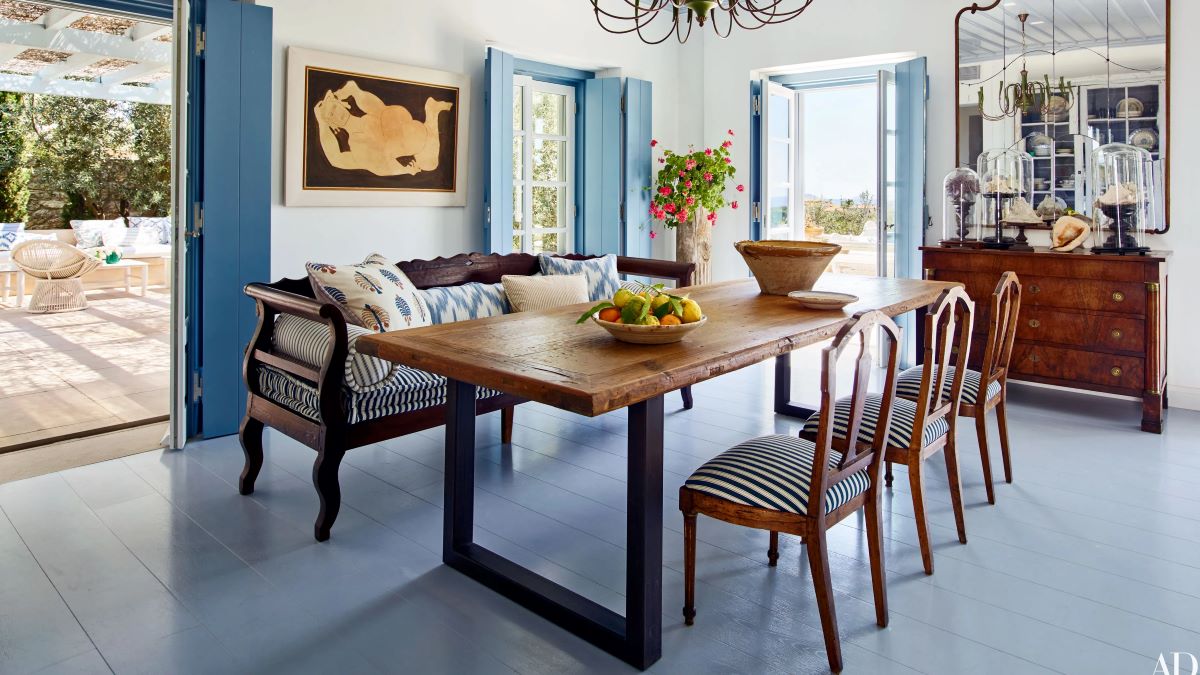
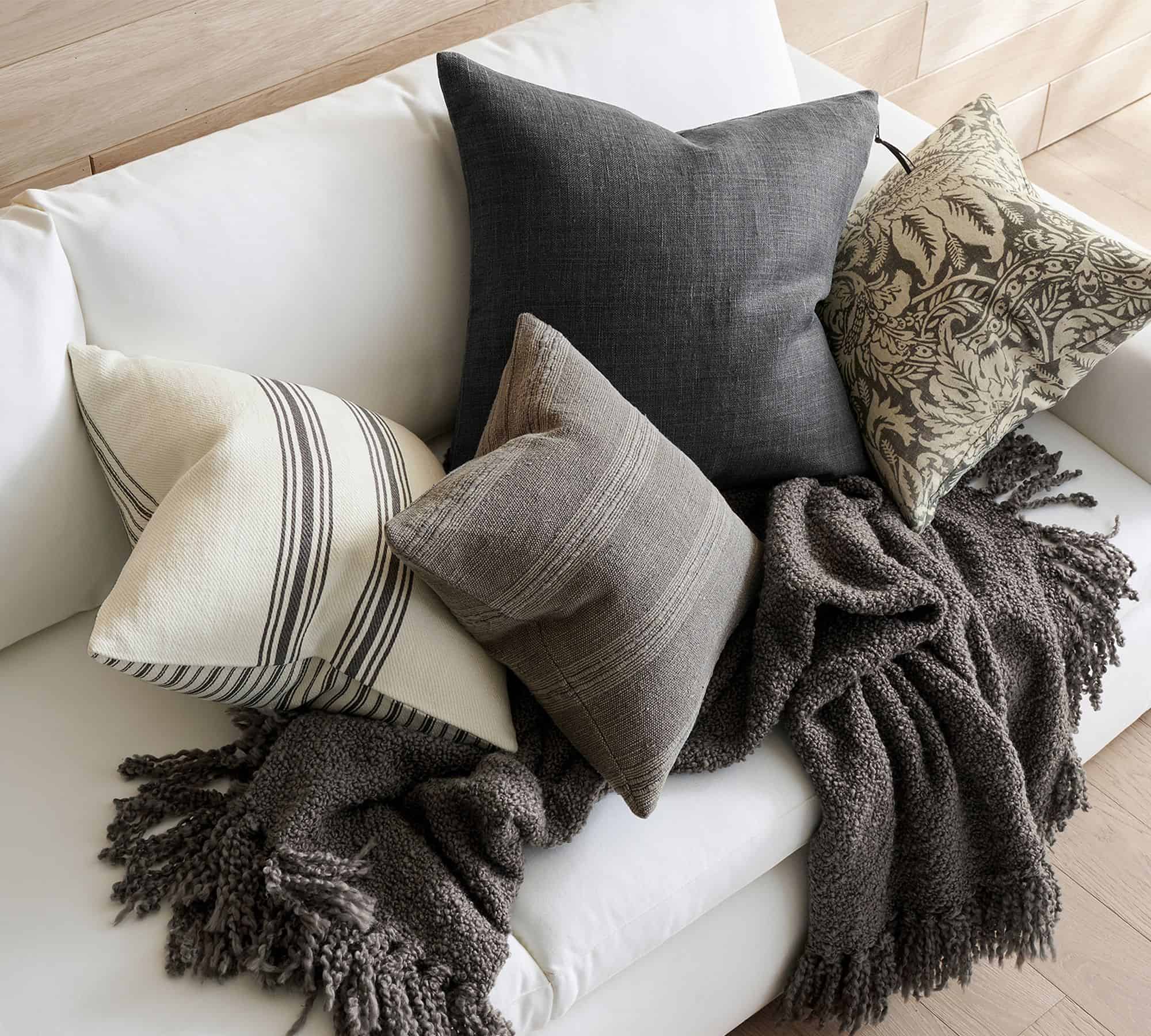
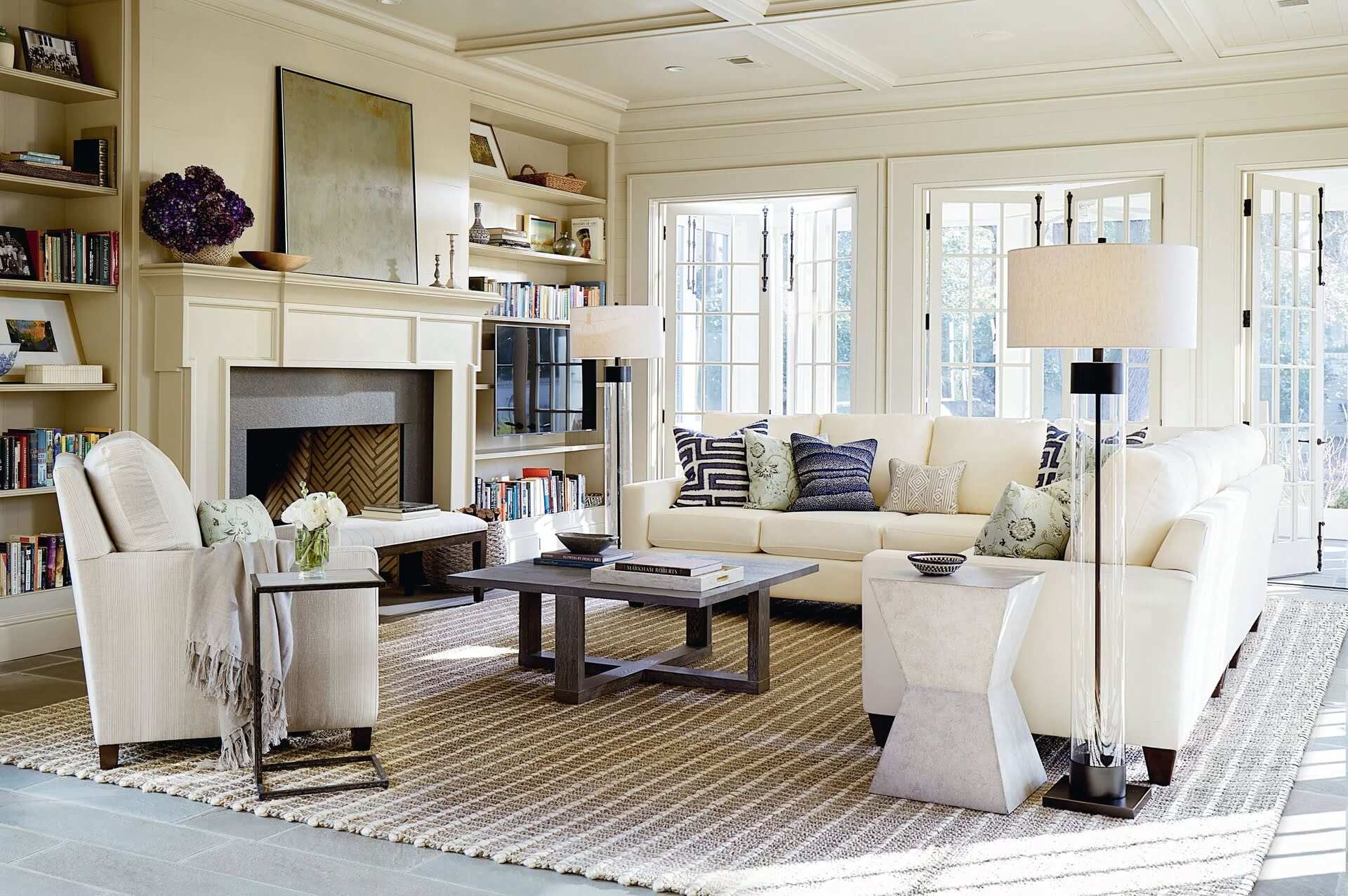
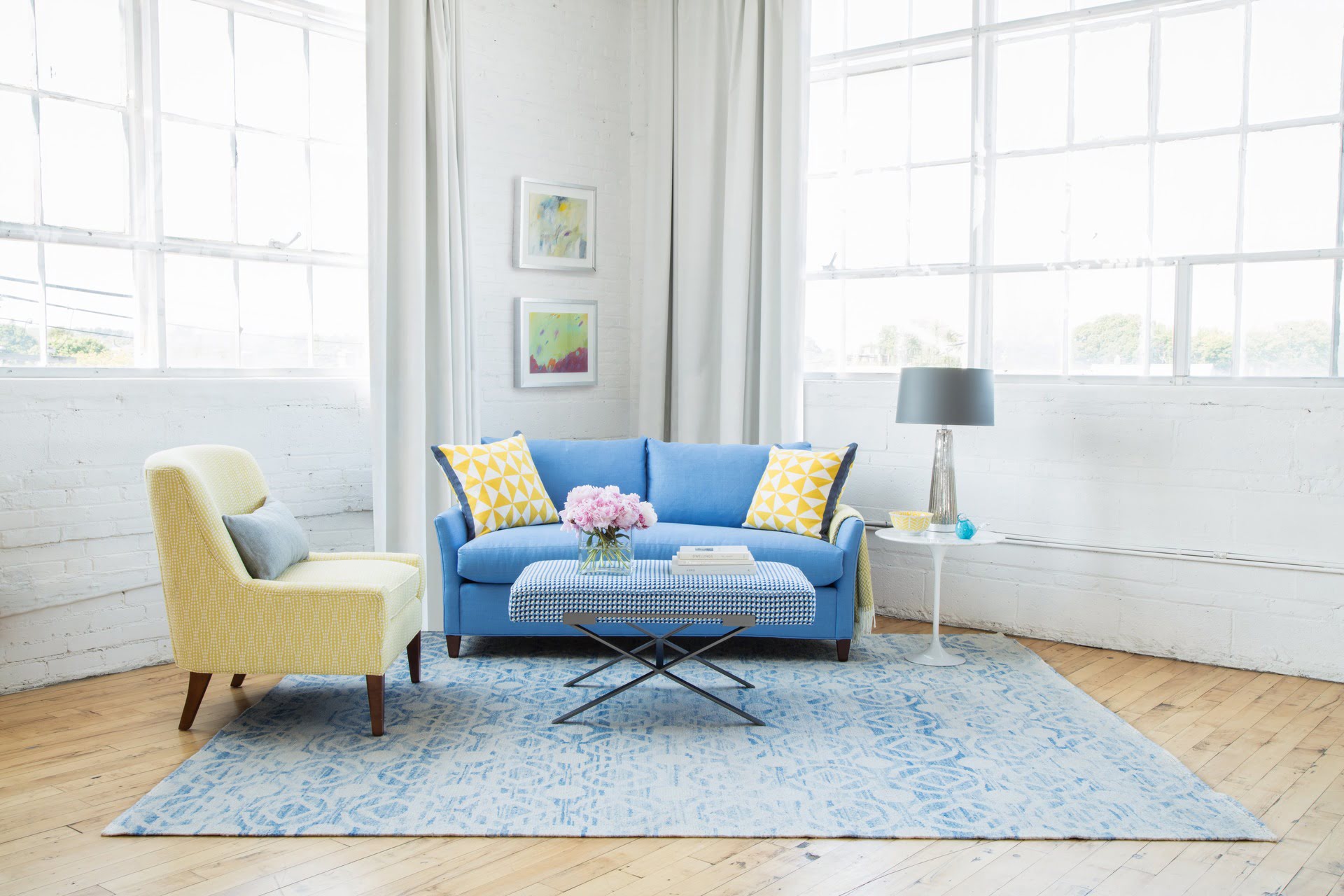
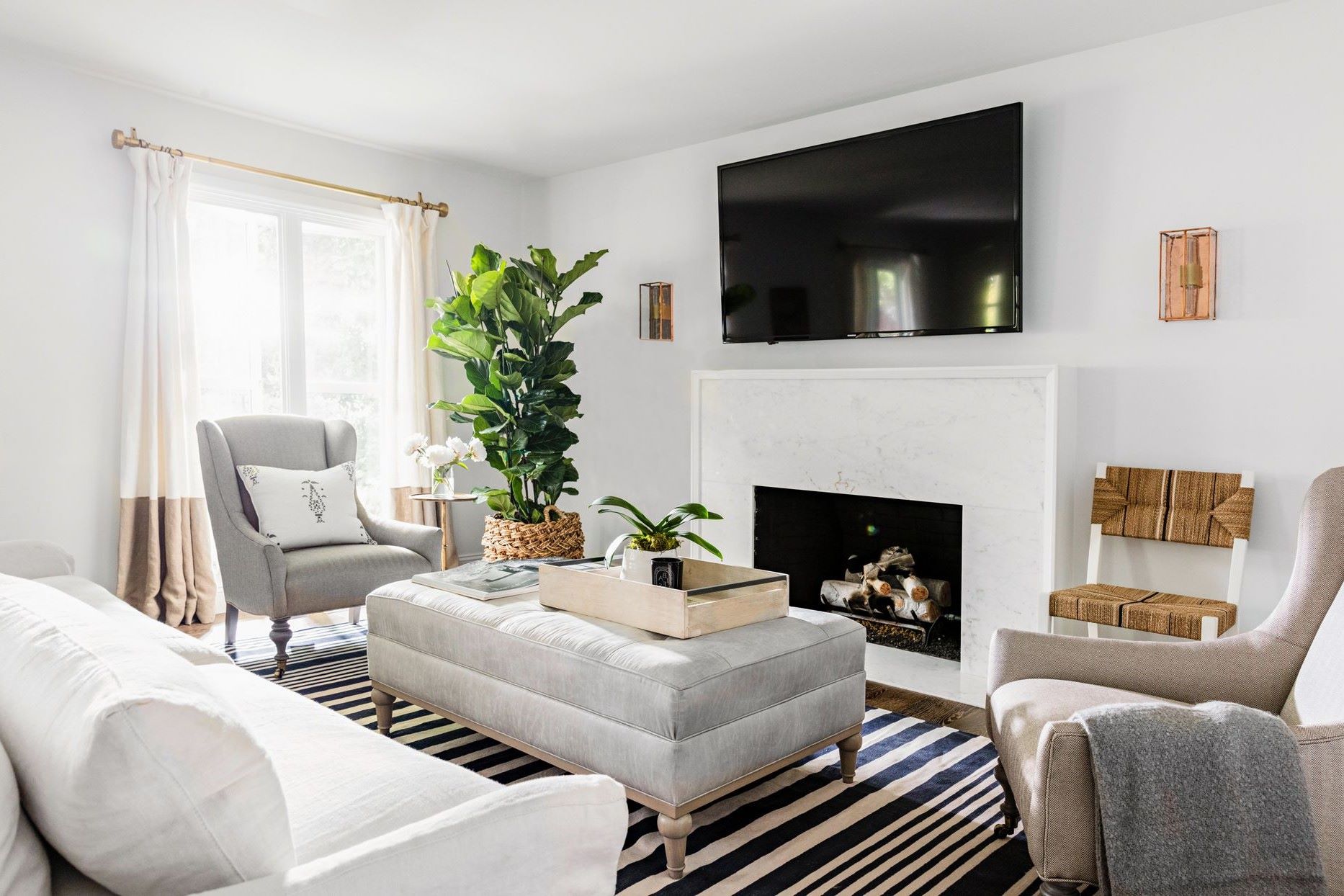
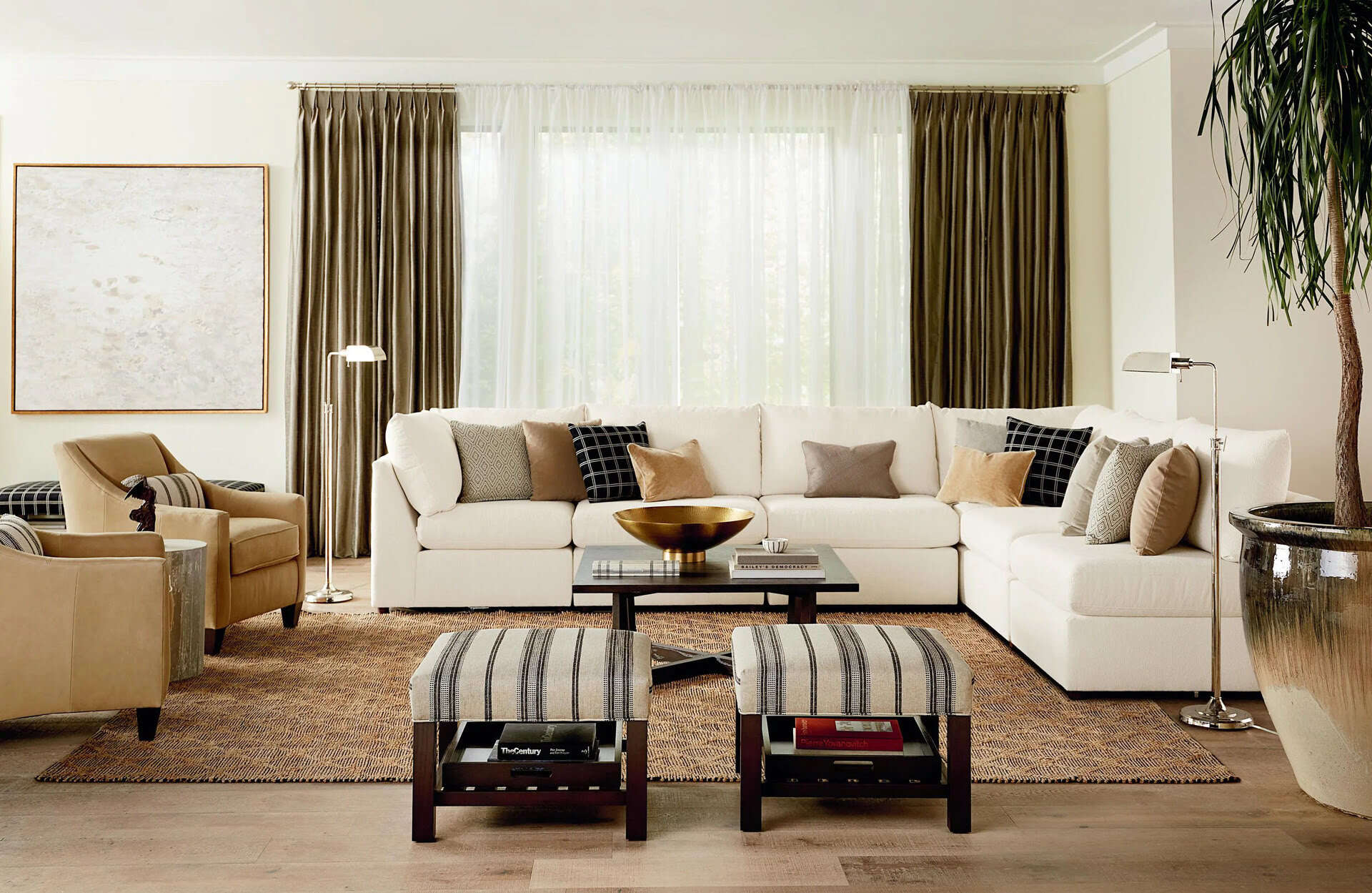
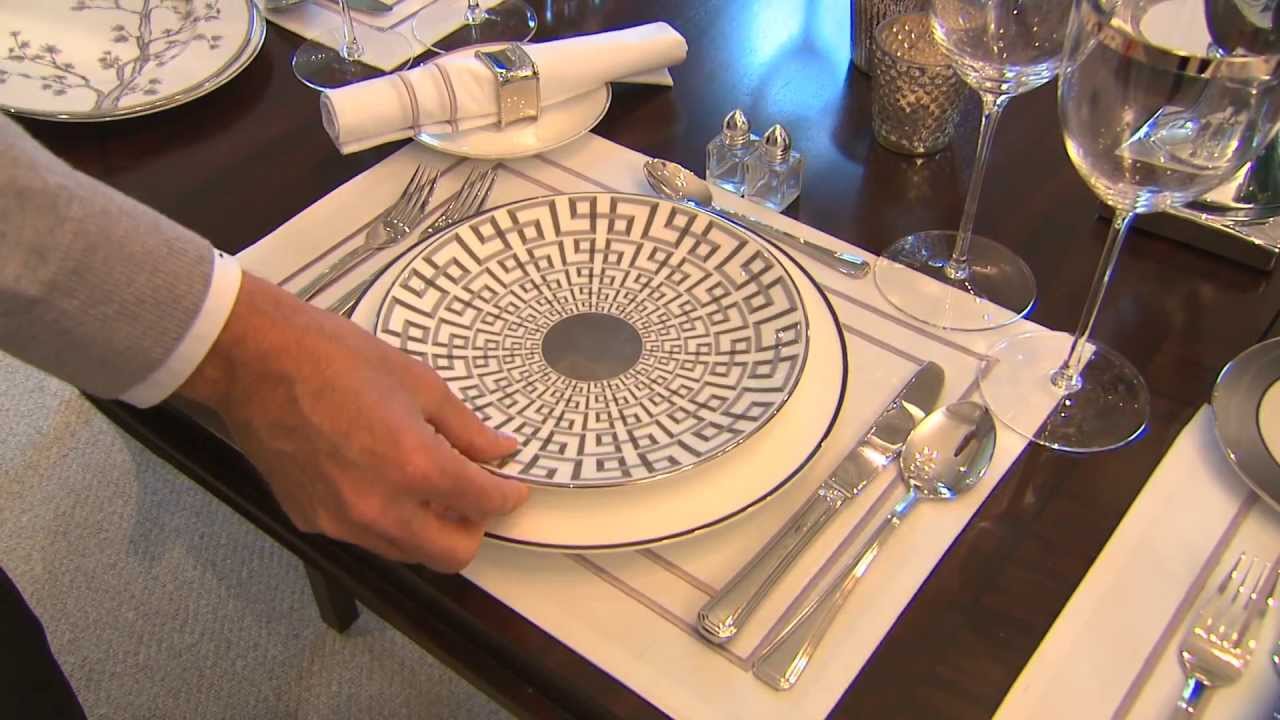

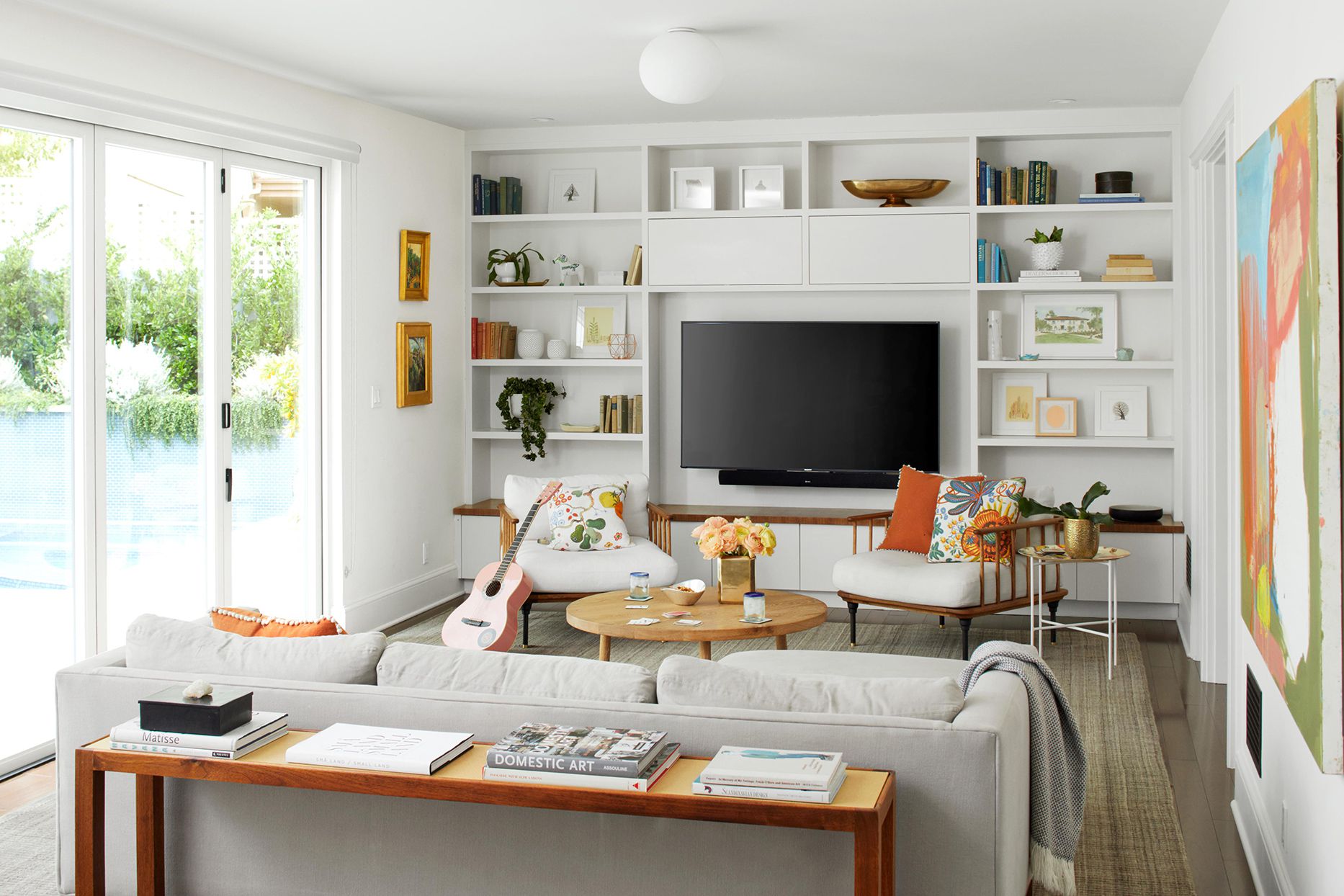
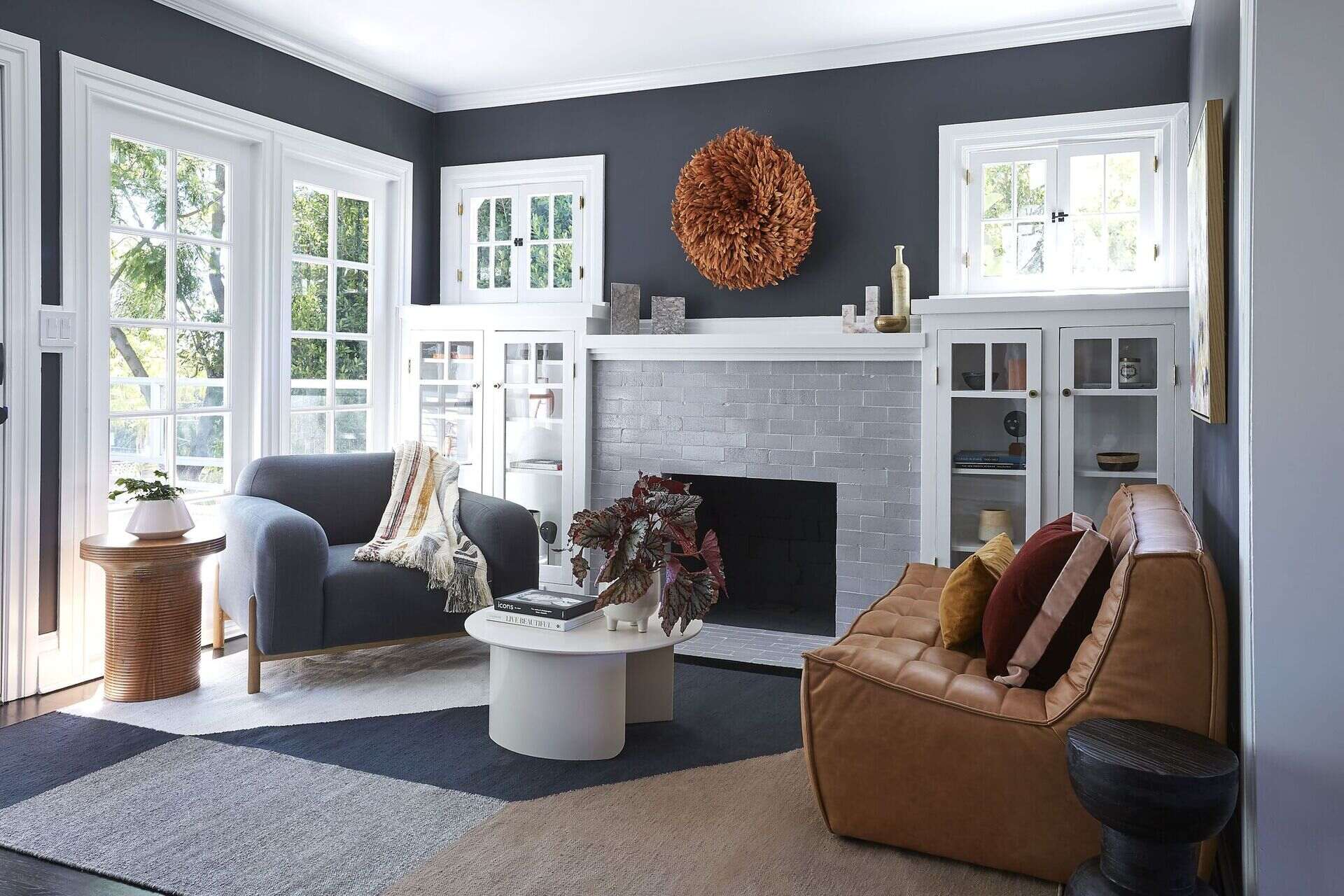
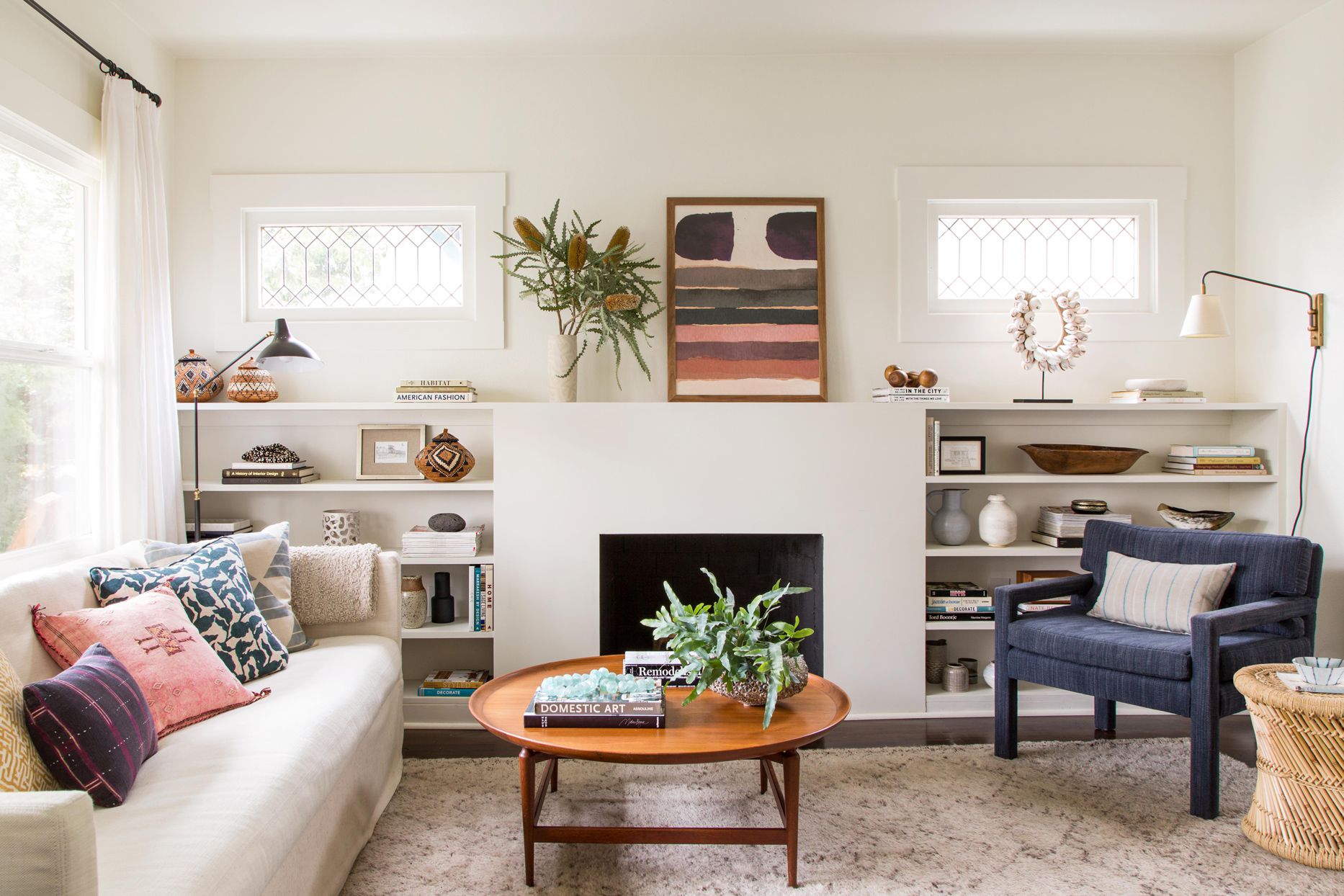
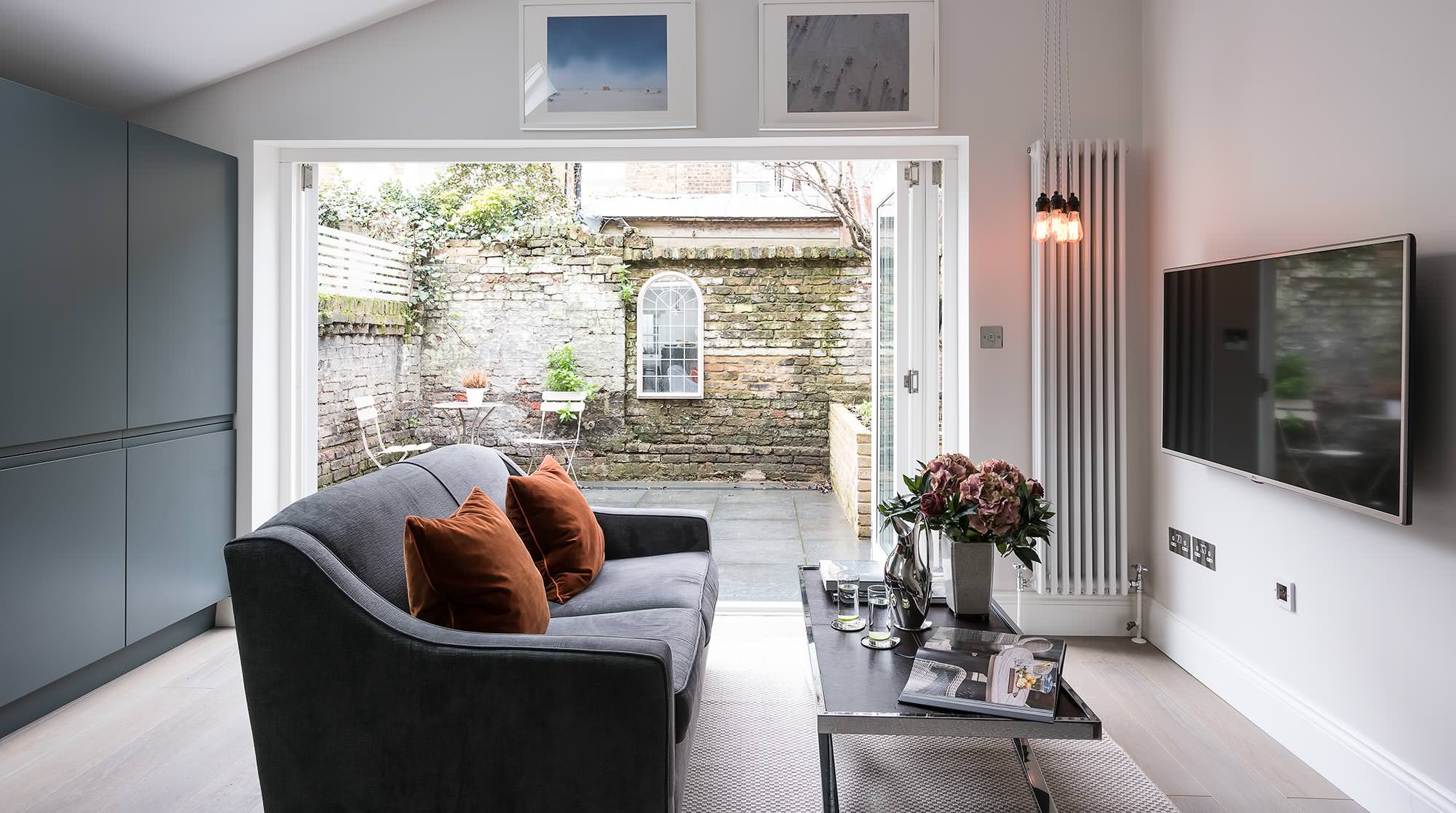
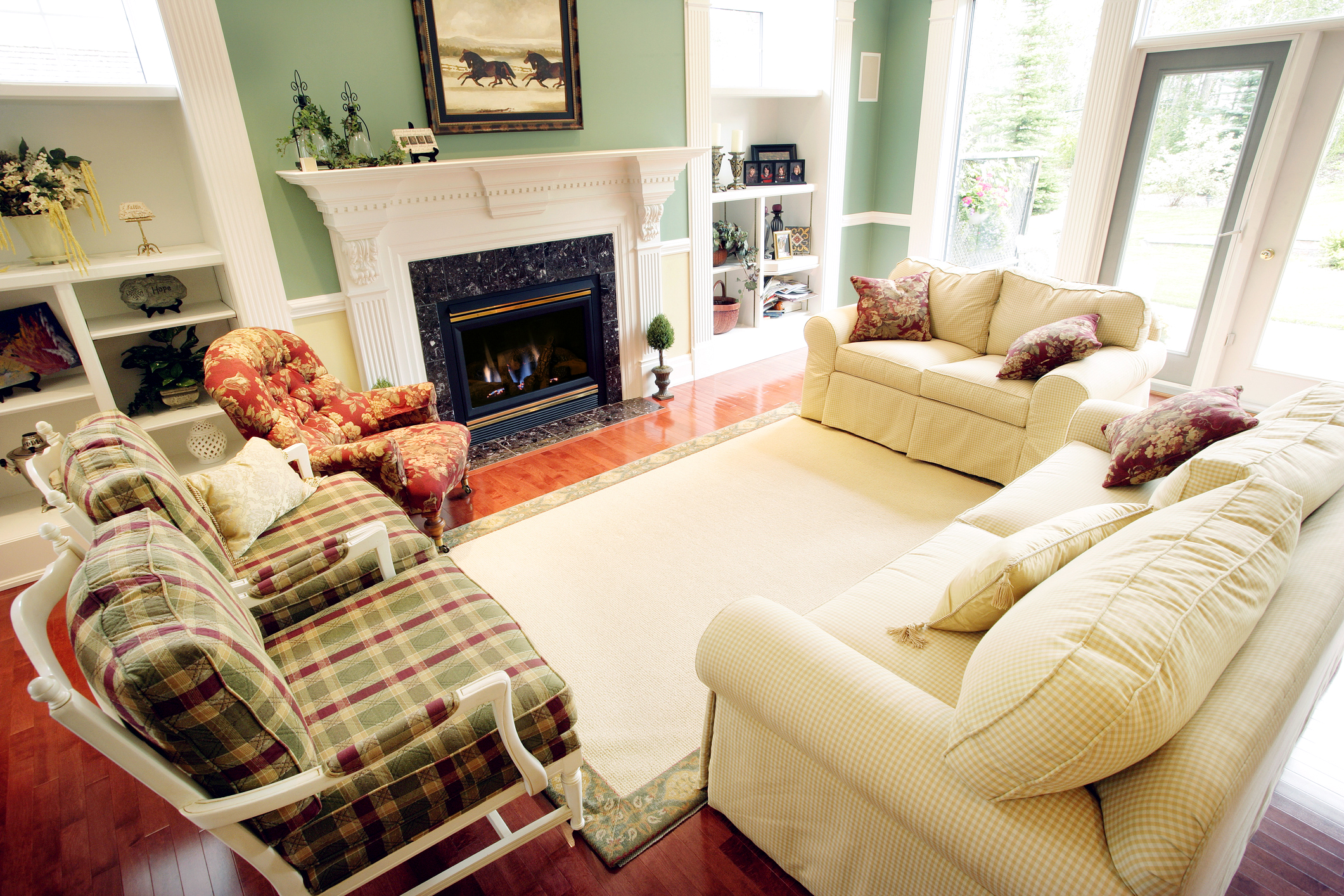

0 thoughts on “How To Mix And Match Wood Furniture For Living Room”